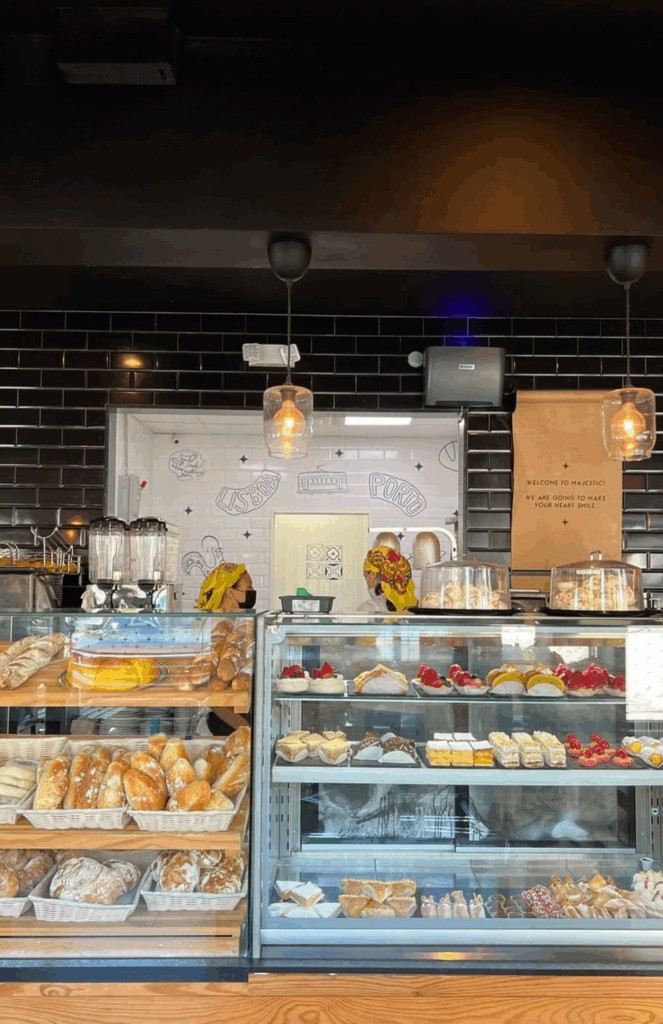This is the second part of the CGST305 – Global Engagement Capstone Seminar Photo Reflection Workshop assignment, which involves my written reflection to classmate submissions. To see part 1, with a more in-depth explanation of the assignment and my own submission, click here: (https://henryleightonglobalengagement.wescreates.wesleyan.edu/spanish-language-study/the-billboard/).

One of the pictures where my interpretation differed most directly from that of the author
was the Miami bakery pictured in Photo #1. I was so focused on my experience as an American
student going abroad to foreign countries as part of GEM requirements, I forgot that Adriana has
a different perspective as an international student from Venezuela. I also assumed that the
upscale nature of the bakery and its blending of English and Portuguese language was
representative of an appeal to tourists, which I assigned a negative connotation in my initial
reflections. Indeed, I fell into the pitfall that Adriana described in her reflection, that many people
assume Portuguese cultural influence in Venezuela is a result of cultural imperialism or
colonialism. In reality, she communicates that many Portuguese immigrated to Venezuela around WWII, and that their incorporation into Venezuelan culture is a reflection of them coming
to make the country their home and share their background with their neighbors. The
unexpected nature of Adriana’s reflection for me has caused me once again to be surprised by
how innocuous our biases can become when we make judgements based on little evidence.
Indeed, the image held a lot of emotional depth for Adriana that I didn’t anticipate, given that it
reminds her of home in a foreign country. There was a depth of context that I couldn’t have
hoped to guess at, but allowed me to grow and learn once I read the photographer’s intentions
behind taking and displaying the image.

My expectations were similarly subverted upon encountering Julia Augustyn’s entry,
Photo #5. I assumed that the ribbons were a sort of pop-up street art exhibition, but it turned out
they held profound spiritual and historical significance. She relayed that these ribbons had three
knots, and people make wishes that they believe will come true once the ribbon has fallen from
the church’s fence on its own. This is a merging of Candomblé and Catholicism spiritual
practices, which reminds me of Santería in Cuba, where Yoruba practices combined with
christianity to form a unique faith as well. I really related to Julia’s sense that she engaged with
religion a lot more while abroad. My family has never been particularly religious, and so I’ve felt
a bit out of place when I’ve visited temples and places of worship in Cuba and Taiwan. Many
times these spaces double as tourist monuments, so there will be locals praying alongside
tourists taking pictures. I often feel a bit uncomfortable taking pictures in these spaces, but also
uncomfortable engaging in prayer. Religion is an aspect of life that I don’t quite understand even
in my own culture, so learning about it when studying abroad was both fascinating and a bit
intimidating for me. It’s really interesting learning alongside my peers in the GEM track, because
we have such different interests and tracks through the curriculum, but often find common
experiences at unexpected times